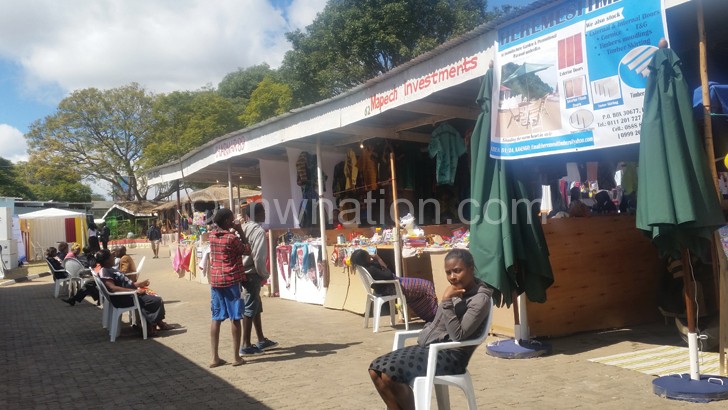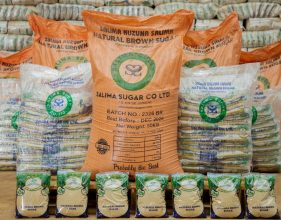Trade disparity up, hits K758 billion
At K758 billion, Malawi’s trade balance in 2017 continues to worsen despite various policy interventions to narrow the trade gap, figures from Ministry of Finance, Economic Planning and Development have shown.
In 2016, Malawi’s trade balance stood at K706.8 billion.
According to the 2018 Malawi Government Annual Economic Report, as at December 2017, total exports grew from K792 billion to K807 billion and is projected to grow to K847 billion in 2018 and K860 billion in 2019.
Similarly, imports have shown an increasing trend from K1 499 million in 2016 to K1 566 million in 2017.
“The closing of Kayelekera mine in 2014 has greatly affected the export of ores. Tobacco alone accounts for more than 40 percent of the exports, making Malawi vulnerable to external shocks,” reads the report in part.
However, the worsening of the trade balance is contrary to government’s plans to narrow the trade deficit in the next five years, as outlined in the Malawi Growth and Development Strategy (MGDS) III, by 0.5 percentage points to two percent of gross domestic product (GDP) in 2022 from 2.5 percent in 2018.
During the same period, exports of goods and services are expected to decline from 28.3 percent of GDP in 2018 to 27.2 percent of GDP in 2022 while imports of goods and services are expected to decline to 36.9 percent of GDP in 2022 from 14.4 percent in 2018.
Malawi Confederation of Chambers of Commerce and Industry (MCCCI) head of communication Millie Kasunda said unless Malawi produce and trade in goods that have gone through value addition, it will be difficult to narrow the trade gap.
In an earlier interview, finance and corporate governance expert James Kamwachale Khomba said there is need take radical strides in the economy by propagating for a revolutionary approach to enable the country to progress socio-economically; failure which the country will be doomed to perish eternally if we continue to maintain the status quo.
“Why should we plan to shrink an export base instead of expanding the same in a significant manner? Why marginally reducing the imports over this whole five-year period? As a nation, we should be planning for an aggressive import substitution programming through massive industrialisation of our local manufacturing companies,” he quizzed.
Malawi’s trade balance has been widening over the years despite various policy interventions to narrow the trade deficit-a negative balance of trade in which a country’s imports exceed its exports. This is so despite having policies, strategies and efforts to implement programmes in several key areas in support of trade, industry and the private sector including the draft private sector strategy, National Investment Policy, National Export Strategy (NES), an updated micro small and medium enterprise (MSME) policy and the Buy Malawi Strategy.
Malawi is an agricultural based economy, as such, agricultural products continue to dominate Malawi’s export basket, accounting almost 80 percent. Most sectors remain in infancy as tobacco, sugar, coffee and tea constitute the largest export sectors of the economy. n





